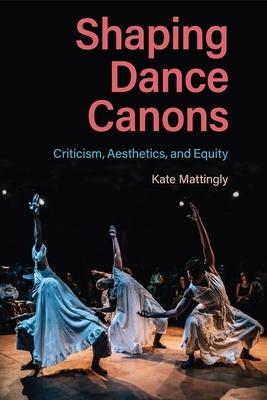Examining a
century of dance criticism in the United States and its influence on aesthetics
and inclusion
integral to dance as an art form, serving as documentation and validation of dance
performances, yet few studies have taken a close look at the impact of key critics
and approaches to criticism over time. The first book to examine dance
criticism in the United States across 100 years, from the late 1920s to the early
twenty-first century, Shaping Dance
Canons argues that critics in the popular press have influenced how dance has
been defined and valued, as well as which artists and dance forms have been taken
most seriously. Kate Mattingly likens the effect of dance writing to that of a
flashlight, illuminating certain aesthetics at the expense of others. Mattingly
shows how criticism can preserve and reproduce criteria for what qualifies as
high art through generations
of writers and in dance history courses, textbooks, and curricular design. She examines the gatekeeping role of prominent critics
such as John Martin and Yvonne Rainer while highlighting the often-overlooked
perspectives of writers from minoritized backgrounds and dance traditions. The
book also includes an analysis of digital platforms and current dance projects--On
the Boards TV, thINKingDANCE, Black Dance
Stories, and amara tabor-smith’s House/Full of BlackWomen--that challenge systemic exclusions. In doing so, the book calls
for ongoing dialogue and action to make dance criticism more equitable
and inclusive.












